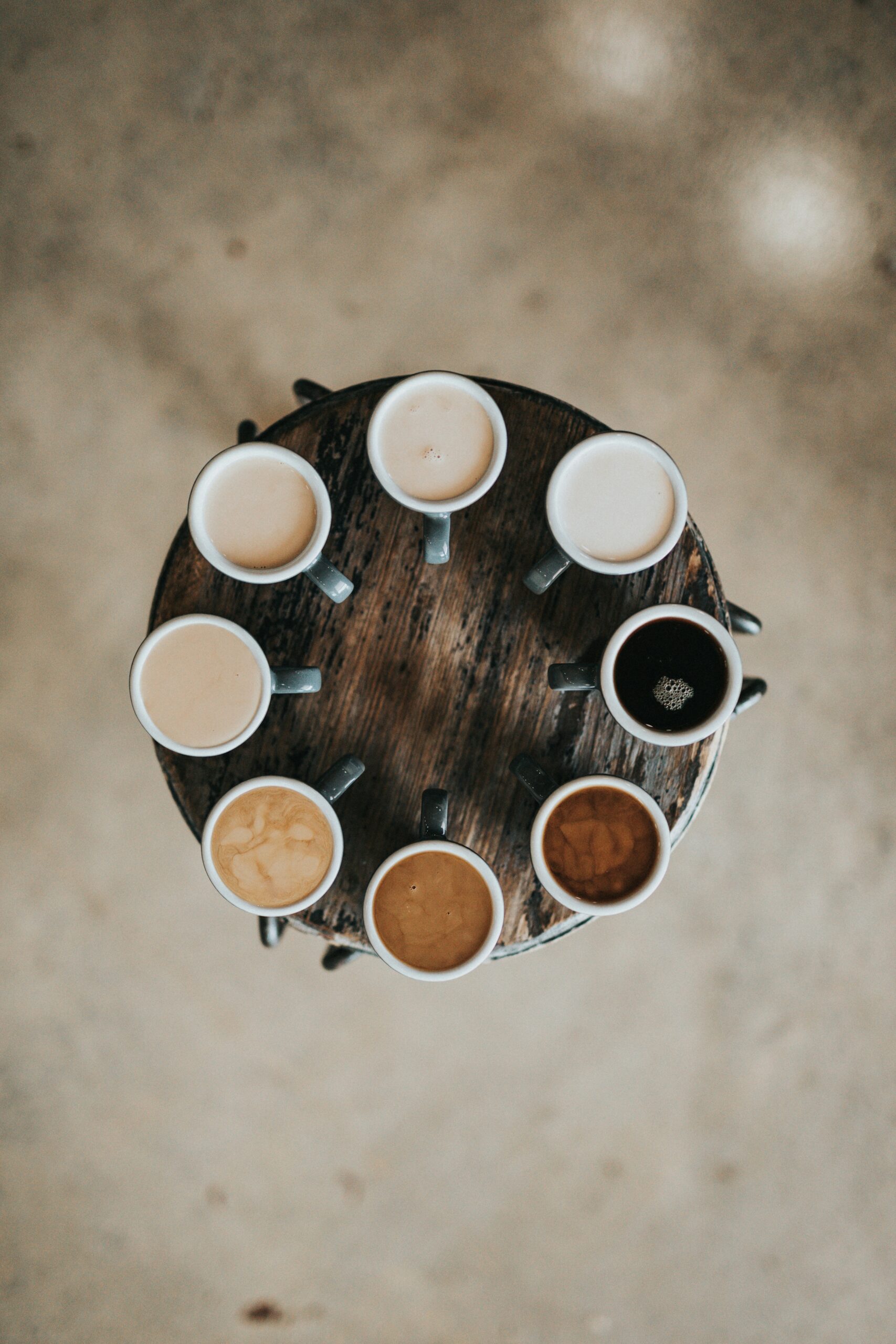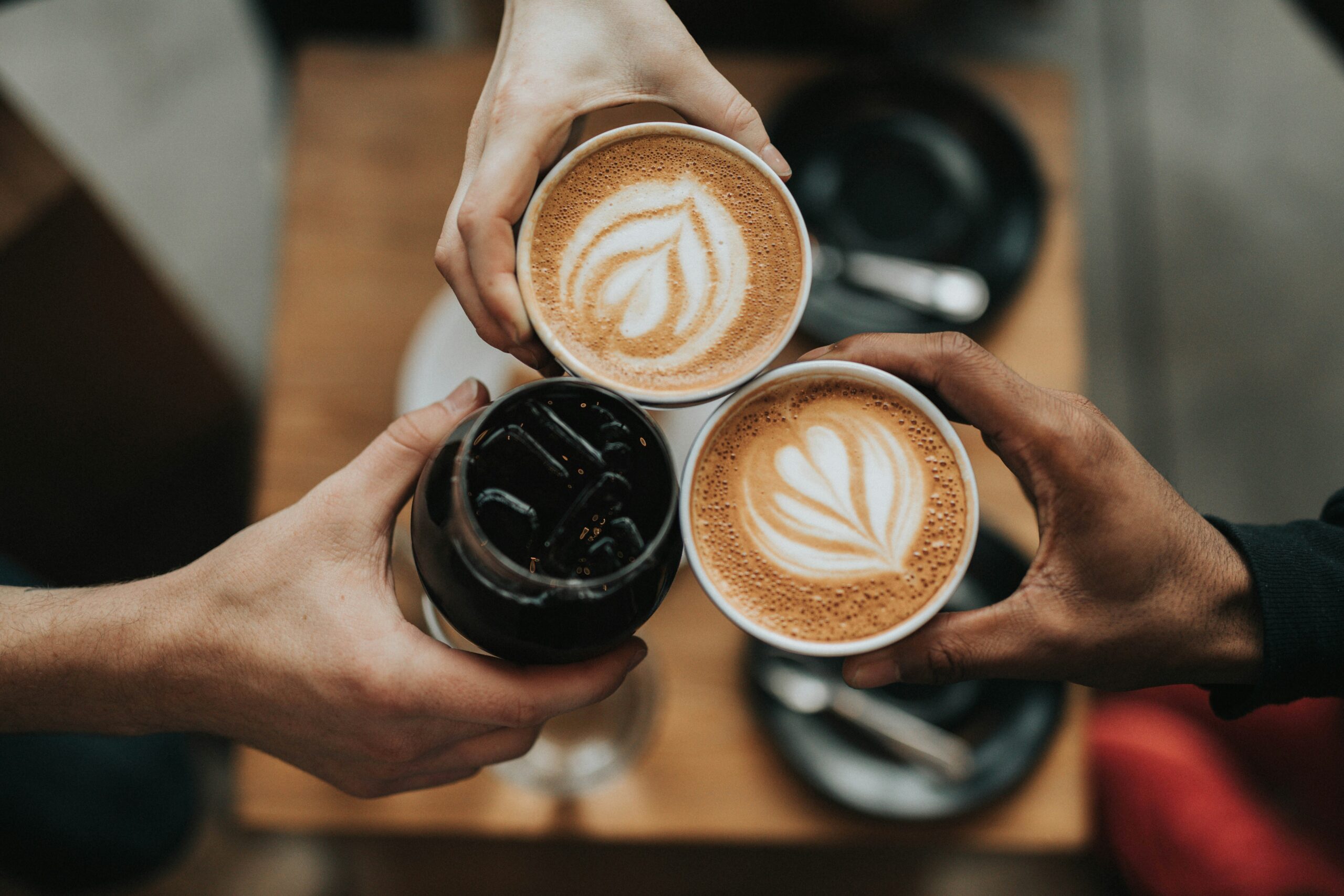Coffee is more than just a beloved beverage; it carries a rich history and myriad characteristics that enhance its allure. From its intriguing origins to the diverse types of coffee beans, each cup holds a story waiting to be uncovered. Understanding how to brew the perfect cup or exploring the health benefits and potential drawbacks of coffee consumption deepens our appreciation for this global staple. Moreover, discovering the vibrant coffee cultures around the world reveals how this simple drink fosters connection and community.
The history of coffee and its origins
Coffee has a rich and fascinating history that dates back centuries. It first emerged in the 15th century in the Sufi monasteries of Yemen, where the coffee bean was cultivated and brewed. From these origins, it quickly spread to the Arabian Peninsula and eventually reached Persia and Turkey. The cultural significance of coffee became apparent as it began to play a role in social gatherings.
By the 17th century, coffee made its way to Europe, where it gained immense popularity. Coffeehouses, often referred to as “penny universities,” emerged as vibrant centers for intellectual discussion. Notable figures, such as Voltaire and Rousseau, frequented these establishments, fostering conversations that influenced ideas of the Enlightenment.
In comparing regions, the following highlights the journey of coffee:
| Region | Coffee Origin | Significance |
|---|---|---|
| Yemen | First cultivation | Spiritual and communal use |
| Europe | Coffeehouses | Centers for intellectual exchange |
| Latin America | Major production | Economic and cultural shift |
Today, coffee remains a beloved beverage enjoyed globally, symbolizing connection and tradition. Its journey from bean to brew continues to captivate enthusiasts worldwide.

Different types of coffee beans and their characteristics
When exploring the world of coffee, it’s essential to understand the different types of coffee beans and their unique characteristics. The three primary coffee bean varieties are Arabica, Robusta, and Liberica. Here’s a quick comparison:
| Bean Type | Flavor Profile | Caffeine Content | Best Uses |
|---|---|---|---|
| Arabica | Sweet, fruity, and complex | Low to medium | Specialty coffees |
| Robusta | Strong, bitter, earthy | Higher | Espresso blends |
| Liberica | Floral, fruity, smoky | Moderate | Unique flavor experiences |
Key Characteristics:
- Arabica: Known for its mild flavor and aroma, Arabica beans dominate the global market, making up about 60-70% of coffee production. They’re typically grown at higher altitudes, leading to their complex flavor profile.
- Robusta: This bean variety has a stronger, more bitter taste due to its higher caffeine levels. It’s easier to cultivate and more resistant to pests, making it a popular choice for instant coffee and espresso blends.
- Liberica: Although less common, Liberica offers a distinct profile with a unique aroma and taste that appeals to adventurous coffee drinkers.
Understanding these differences helps you choose the right coffee that suits your taste preferences and brewing style.
How to Brew the Perfect Cup of Coffee
Brewing the perfect cup of coffee involves several key steps that enhance flavor and aroma. Below are essential tips for achieving that ideal brew:
- Choose Quality Coffee Beans: Fresh, high-quality coffee is crucial. Opt for whole beans and grind them just before brewing to preserve their flavors.
- Water Quality: Use filtered water, as impurities can alter the taste of your coffee. The ideal water temperature for brewing is around 195°F to 205°F.
- Coffee-to-Water Ratio: A general rule of thumb is to use 1 to 2 tablespoons of coffee per 6 ounces of water. Adjust based on personal preference:
| Coffee Type | Recommended Ratio |
|---|---|
| Drip Coffee | 1:15 (Coffee:Water) |
| French Press | 1:12 |
| Espresso | 1:2 |
- Brewing Method: Choose a brewing method that suits your taste. Popular options include:
- French Press for rich flavors
- Pour-over for control over the brewing process
- Espresso machine for a bold kick
By following these steps and experimenting with different methods, you can consistently brew a delicious cup of coffee that satisfies your palate.
Health Benefits and Potential Drawbacks of Coffee Consumption
Coffee, a beloved beverage for many, offers various health benefits and potential drawbacks that consumers should consider.
Health Benefits:
- Rich in Antioxidants: Coffee is packed with antioxidants, which help combat oxidative stress and inflammation in the body.
- Improves Cognitive Function: The caffeine in coffee can enhance mental alertness, concentration, and overall cognitive performance.
- May Reduce Disease Risk: Studies suggest that regular coffee consumption may lower the risk of certain diseases, such as Parkinson’s, Alzheimer’s, and type 2 diabetes.
Potential Drawbacks:
- Caffeine Sensitivity: Some individuals experience anxiety, jitters, or insomnia due to caffeine sensitivity, so it’s best to monitor intake.
- High Blood Pressure: For some, excessive coffee consumption can lead to spikes in blood pressure, particularly in those with pre-existing conditions.
- Gastrointestinal Issues: Coffee may irritate the stomach lining, leading to discomfort or acid reflux in susceptible individuals.
In summary, while coffee can provide numerous health benefits, moderation is key. Balancing coffee enjoyment with awareness of its effects will ensure a delightful experience for enthusiasts.

Popular Coffee Cultures Around the World
Coffee transcends borders, creating vibrant cultures centered around this beloved beverage. Here are some notable coffee traditions:
- Italy: Famous for its espresso culture, Italians enjoy their coffee quickly, often standing at the bar. Cappuccinos are typically consumed only in the morning.
- Ethiopia: The birthplace of coffee, Ethiopia boasts a ceremonial coffee experience, where beans are roasted and brewed right before your eyes, emphasizing community and connection.
- Turkey: Renowned for its thick, unfiltered coffee, Turkish coffee is often brewed in a special pot called a cezve, resulting in a rich, aromatic drink served with fine grounds settled at the bottom.
- United States: Home to a diverse coffee scene, the U.S. embraces innovations like cold brews and seasonal flavored coffees, while coffee shops serve as modern social hubs.
- Sweden: Known for “fika,” or coffee breaks, Swedes stop for coffee accompanied by sweet treats, fostering moments of relaxation and socialization.
Each culture highlights the versatility of coffee, showcasing its role as a catalyst for social interaction worldwide.